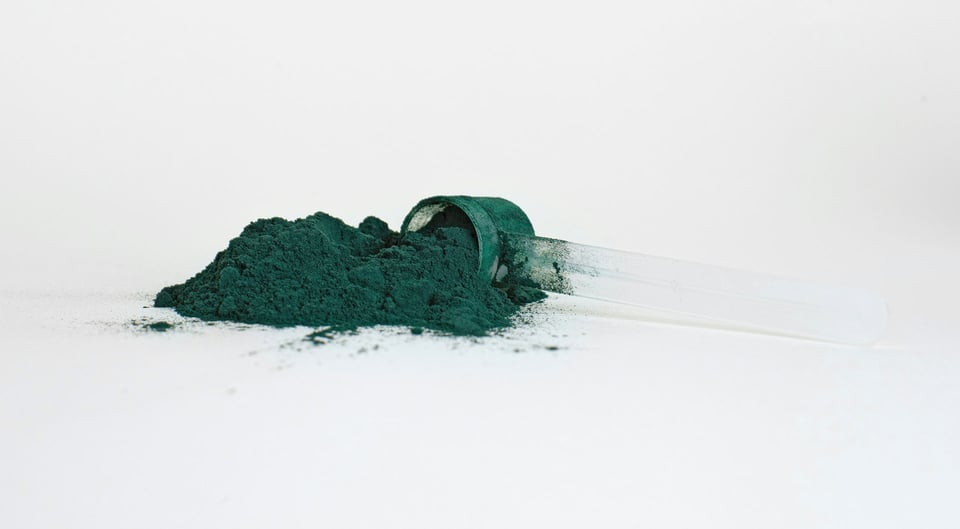
Case studies: successes and setbacks
Euglena gracilis is a standout example of a successful EU application. In 2020, EFSA gave a positive opinion for dried Euglena powder for use in foods such as bakery products, drinks, and supplements. The application was supported by comprehensive genomic identification and toxicological studies, despite the fact that Euglena gained EFSA’s QPS (Qualified Presumption of Safety) status in 2019. The company demonstrated that the final product contained no viable cells and had a clean safety profile, including a 90-day rat study showing no adverse effects even at high doses.
Schizochytrium sp. is another success story, especially since Schizochytrium limacinum (now Aurantiochytrium limacinum) gained QPS status. This marine microalga is used to produce DHA-rich oils, which are now authorised for use in foods including infant formula. Each new strain or production process has required its own safety assessment. For example, a recent approval involved demonstrating the taxonomic identity of the strain, that the final oil contained no live algal cells and that its composition was consistent and free from contaminants, and these data were granted data protection according to Article 26 of the Regulation (EU) 2015/2283 on novel foods
Haematococcus pluvialis (now Haematococcus lacustris, QPS-listed species) is best known for its astaxanthin pigment. Extracts have been authorised as novel foods. The regulatory focus has been on ensuring the absence of unwanted contaminants and verifying that the ingredient is safe at proposed use levels.
Not all applications succeed and not all microalgae gain QPS status.
Phaeodactylum tricornutum, a marine diatom rich in omega-3 EPA, faced a setback in 2023 when EFSA rejected an application for a supplement extract. The panel cited incomplete characterisation of the extract, concerns about potential toxins (such as pheophorbide A), and adverse effects observed in animal studies. This case highlights that microalgae can pose risks if not thoroughly characterised and tested.
Galdieria sulphuraria is under EFSA review as a high-protein, blue-pigmented alga. Its approval could open the door for more innovative microalgae foods. Meanwhile, Chlamydomonas reinhardtii is being developed for plant-based meat applications, but EFSA could not establish safety. Dried biomass of C. reinhardtii received an FDA “no questions” letter in 2019 for certain uses. A later notice was not pursued to completion, and the FDA issued a cease-to-evaluate letter. Safety expectations may differ between jurisdictions and the quality of applications and data are crucial for success.
For a broader context across algal taxa, see our article Algae in the food chain. It summarises the Netherlands Commission on Genetic Modification COGEM’s large-scale taxonomy and risk classification work, explains the red/green/grey categories, and outlines why strain identity and conditions of use drive safety assessments, with links to the underlying reports.
Key safety data: what regulators expect
Whether in the EU or the US, authorities expect a coherent data package that links identity, manufacturing, composition, exposure and toxicological data to a clear safety conclusion.
Identity
-
Unambiguous taxonomic identification supported by whole genome sequencing where appropriate
-
The absence of genes of concern, including production of antimicrobials
-
Evidence that no viable microalgal cells remain the product where relevant
Production process
-
Detailed description of cultivation and processing, including controls to prevent contamination
-
Techniques used to remove/inactivate viable cells during downstream processing
Compositional data
-
Using validated methods and addressing compositional variability
-
Impurities, residues, contaminants, proximate analyses, nutritionally relevant constituents
Stability and specifications
-
To assure compositional integrity and safety
-
Chemical, physiochemical, nutritional and microbiological parameters
History of use
-
A comprehensive literature review
Proposed uses and intake
-
Proposed food categories, use levels, and population groups
-
Dietary exposure estimates
ADME and Toxicology
-
Tiered approach
-
In vitro studies and literature evaluation where sufficient
-
Allergenicity considerations where proteins are present
QPS
-
QPS recommendations can streamline assessment
-
QPS does not remove the need to characterise the final ingredient, its composition, and its intended uses
-
Novel microalgae require a full data package
How Biosafe supports microalgae dossiers
Biosafe helps innovators build compliant data packages and manage submissions. We operate as an extension of your R&D and regulatory team from early feasibility through authorisation.
In-house and partner services aligned with EFSA and FDA expectations
|
Service |
Regulatory purpose |
|
Taxonomic identification and screening for genes of concern and allergenicity |
|
|
Required for biomasses and non-QPS species, QPS-species with qualification “for production purposed only”, and GM production strains |
|
|
Confirms absence of antimicrobial compounds when relevant |
|
|
Toxicology study design and coordination |
OECD-compliant studies and weight-of-evidence reviews |
|
EU novel food, food enzymes and feed additives, FDA GRAS and NDI |
|
|
Post-submission support |
Handling authority questions and updates to the dossier |
Microalgae offer real opportunities for nutrition and sustainability. Market access depends on rigorous identity, process control, composition, contaminant assessment, exposure estimates, and a fit-for-purpose toxicology strategy. Recent EU and US cases show that well-characterised ingredients with complete data can succeed, while gaps in characterisation or safety reasoning can delay or halt progress.
If you are planning a microalgae ingredient or formulation, involve regulatory support early. Biosafe can help you prioritise studies, avoid common pitfalls, and assemble a dossier that aligns with EFSA and FDA expectations.
Need a feasibility check or a plan for your microalgae ingredient? Contact Biosafe to discuss the next steps.
Contact our experts!
|
|
|
 Meeri Sutinen Quality Manager, PhD +358 40 574 9191 meeri.sutinen@biosafe.fi |
 Anne Ukkonen Regulatory Manager, PhD +358 40 581 3160 anne.ukkonen@biosafe.fi |









/Lopputuote/microbial-products-cell-cultivated-meat-2-biosafe-1920x1280.jpg?width=540&name=microbial-products-cell-cultivated-meat-2-biosafe-1920x1280.jpg)





